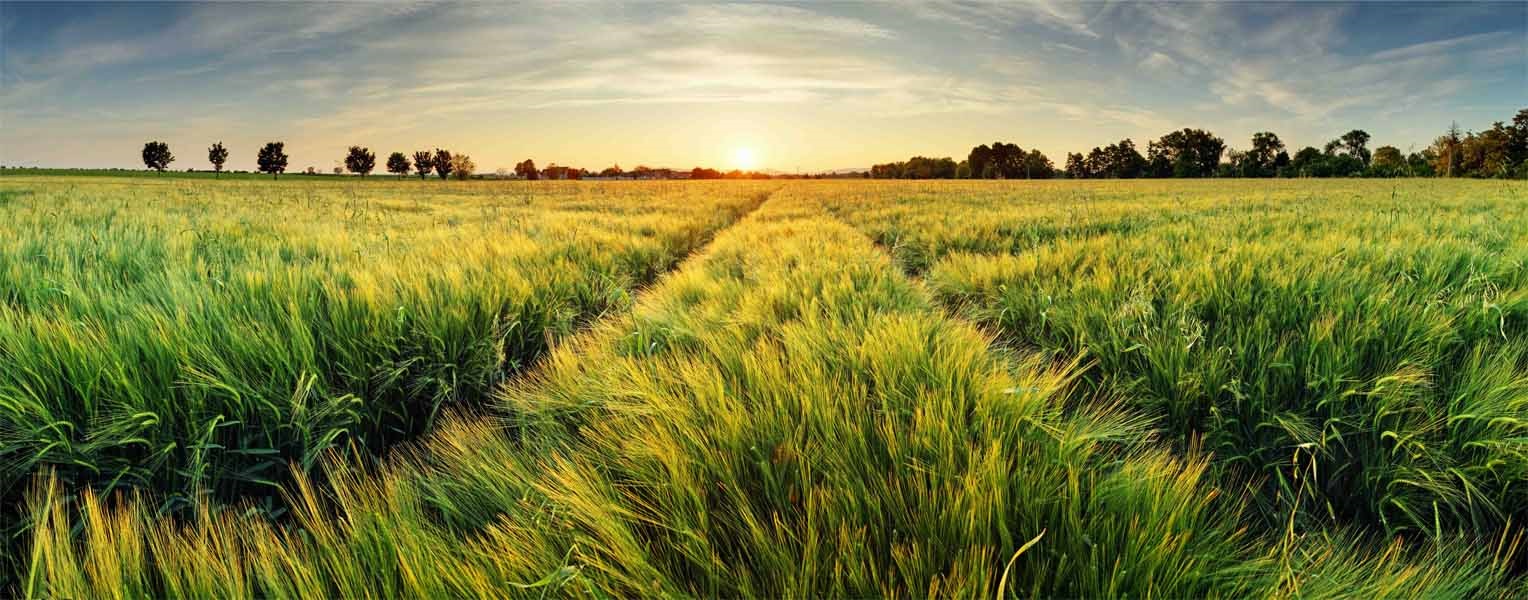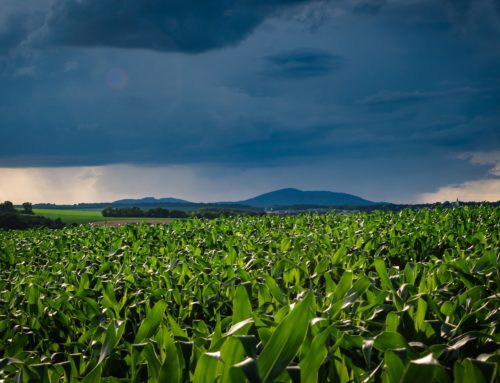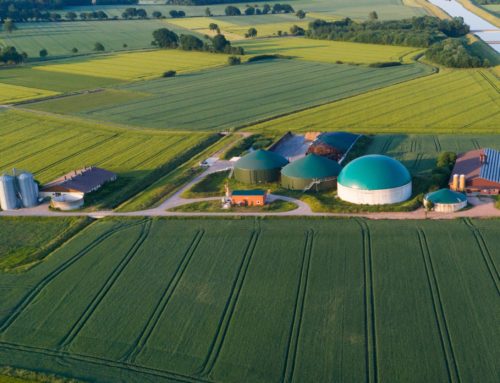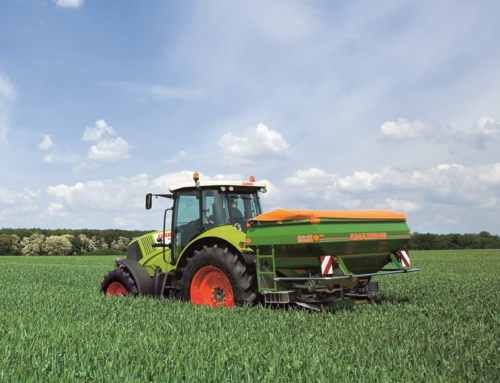Barley as a crop
Barley is thought to be the first type of cereal to have been grown as a crop, making it one of the oldest ever crops. Barley was grown as far back as around 8,000 to 10,000 years ago. It originates from the Middle East and Mediterranean region. Barley is also the first crop in the sequence to be harvested. Depending on the weather conditions, it is harvested in Europe in mid to late June. When the moisture content drops below 14 percent, barley can be gathered in from the field. Its early harvesting and sowing times mean that barley can be used to take the edge off peak workloads in crop production. Its early timing also allows sufficient time to till the field afterwards and sow the next crop. Due to its phytomedicinal properties and minimal requirements for its location, barley is often the last cereal in the crop rotation on good soils. A crop and seed planning software application is recommended to ensure good crop management.
Spring and winter barley varieties have different demands on their location. Spring barley requires approximately 95 days to mature and can also be grown in cooler regions. Winter barley, on the other hand, needs higher temperatures and has a growth period of approximately 270 days. Both varieties can be distinguished by their different ears. The grains are arranged in either two, four or six rows. Spring barley has predominantly two rows, while winter barley has mostly four. It is also the most commonly grown due to it being high in protein and therefore very well suited to feed production. Spring barley contains more carbohydrates, which makes it appeal to breweries and distilleries. Barley also contains a high proportion of cellulose since its grains are formed with husks. As a food grain, however, barley has largely been forgotten in Europe. Its main growing areas include France, Germany, Spain, Denmark and Poland. Over the past few years, the cultivation of barley in Europe overall has been in decline.
Growing conditions and varieties
Barley places minimal demands on the soil conditions, which makes it a good choice even for unfavourable locations. It even grows in places that would be completely unsuitable for other types of grain. For example, barley can be grown on salty soils in dry, hot steppes, on the highest mountains of Tibet and north of the Arctic Circle.
In Europe, good conditions can be found when the soil value is 30 or above, according to the German system. In this case, the yields are higher than those obtained from wheat or rye. In good locations, however, barley often performs comparatively worse. Due to its low-maintenance nature, barley is the most widespread around the world and can be found on all continents. Barley is slightly less winter-hardy than other types of cereal. Locations that are prone to freezing are therefore not suitable for winter barley due to the high risk of winter killing. Its strong autumn development and early maturation provide excellent protection for winter barley against droughts in spring and early summer, which guarantees more secure yields in dry years.
Varieties with two or more rows of grains as well as hybrid varieties are available for winter barley. Varieties with multiple rows produce more stable yields on average and therefore have a greater yield potential. Two-row varieties generally have a lower yield performance. However, breeding successes have led to this gap becoming ever smaller. In unfavourable environmental conditions, two-row varieties are superior to multi-row varieties in hectolitre weight, grain size and thousand grain weight. As such, two-row barley is more suited to low-performance locations. Hybrid varieties of barley are currently only available as multi-row varieties that boast higher yields compared to conventional varieties. They are also much more stable in their yields and require less plant protection when managed well. In contrast, the cost of the seed is much higher. For this reason, the cultivation goal should be taken into account when choosing a variety.
The main mark of quality in barley is its hectolitre weight. Raw protein content is not taken into consideration when setting the price. As such, these figures only add value when the barley is used for internal purposes in processing operations. Fertilisation varies depending on the production goal and its associated level of nutrient removal. Winter feed barley has a higher proportion of crude protein in the grain and requires more nitrogen than winter malting barley. It is worthwhile taking soil samples to determine the nitrogen level. Light, sandy soils should also be supplied with an adequate amount of sulphur.

Use of barley
In Europe, barley is mainly used as a feed grain. Winter barley, for example, contains a especially large amount of protein (12 to 15 percent). Spring barley, on the other hand, is rich is carbohydrates (60 to 65 percent) and as such, is mainly used to produce beer. Barley can also be processed in distilleries to produce whisky and grain brandy. In countries with good growing conditions, barley is used at most as an admixture in bread production since it does not contain gluten. In parts of the world where the growing conditions are difficult, barley is key source of nutrition because it can be used for pearl barley, groats and soups. Barley is also used to produce coffee substitutes, by roasting and grinding the malted grains.
Due to its low-maintenance, versatile nature, barley forms an integral part of arable crop rotations.
press contact
Yasmin Moehring
Tel. +49 30 25 93 29–901
Mobil +49 151 17 28 18 69
moehring@365farmnet.com



